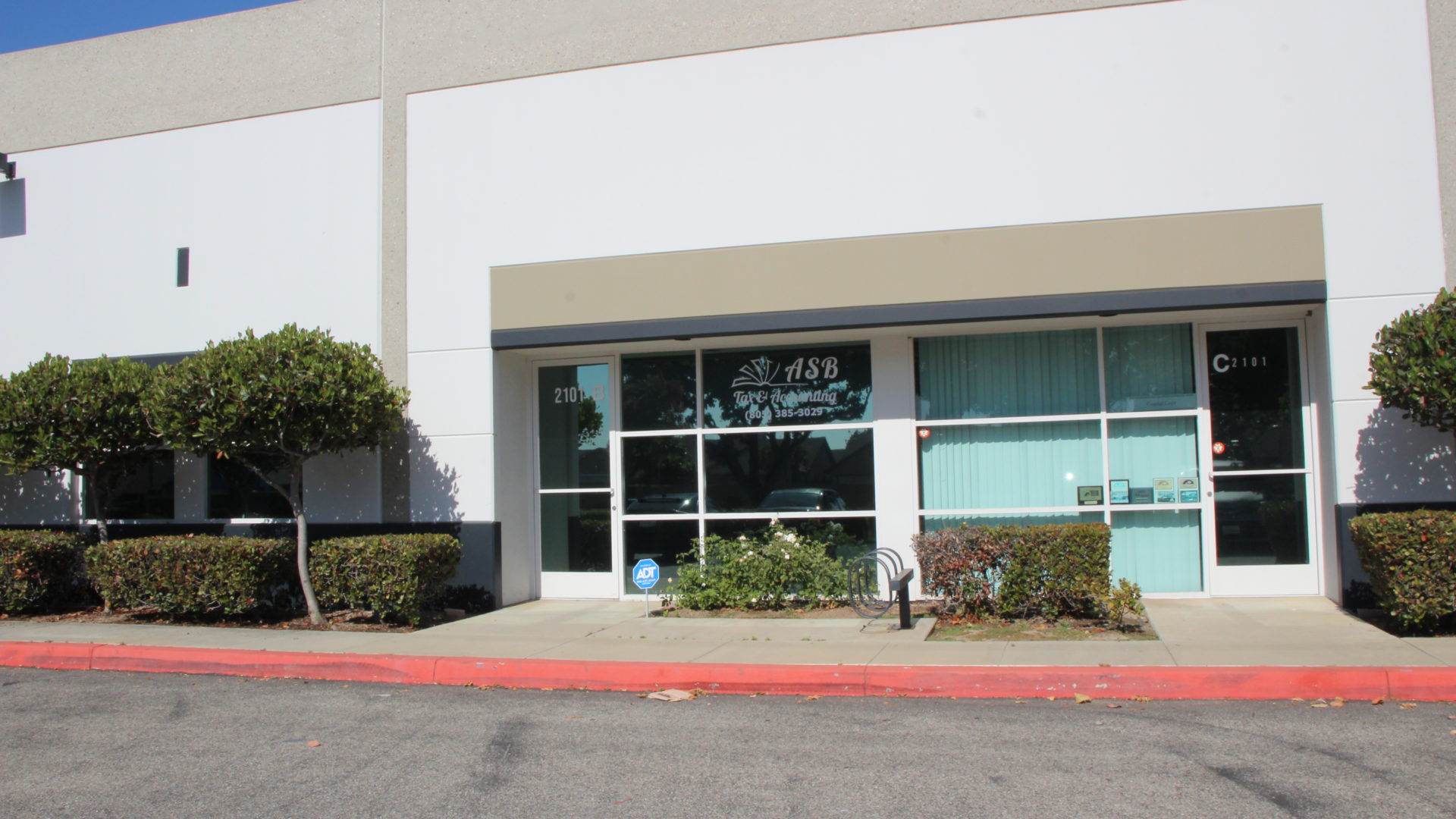How to Comply with Occupational Health and Safety Standards
Complying with occupational health and safety standards is crucial to protect your employees and avoid legal sanctions. Health and safety regulations are designed to ensure that workplaces are safe and healthy, minimizing the risk of accidents and occupational illnesses. Implementing these standards not only complies with the law but also improves employee morale and productivity.
The first step to complying with health and safety standards is to conduct a risk assessment in the workplace. Identifying potential hazards and assessing their impact allows for appropriate preventive measures. This includes identifying physical, chemical, biological, and ergonomic risks that may affect employees. Documenting the findings and developing an action plan is essential to address these risks.
Implementing control measures is crucial to reducing the identified risks. This can include installing protective equipment, improving work processes, and providing adequate training for employees. Ensuring that all employees understand and follow health and safety policies can prevent accidents and improve overall workplace safety.
Continuous training is an essential part of complying with health and safety standards. Offering regular training programs on safe practices, the use of protective equipment, and emergency response is fundamental. Keeping employees informed about risks and best practices to mitigate them creates a safety culture that benefits the entire organization.
Maintaining detailed records of all activities related to health and safety is important to demonstrate compliance with regulations. This includes records of risk assessments, implemented control measures, training programs, and any safety incidents that occur. These records are not only necessary in case of an inspection but also help evaluate the effectiveness of the implemented measures and make continuous improvements.

